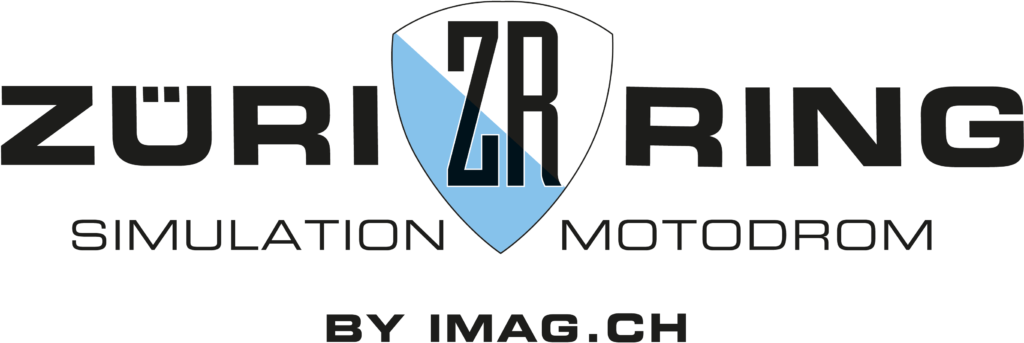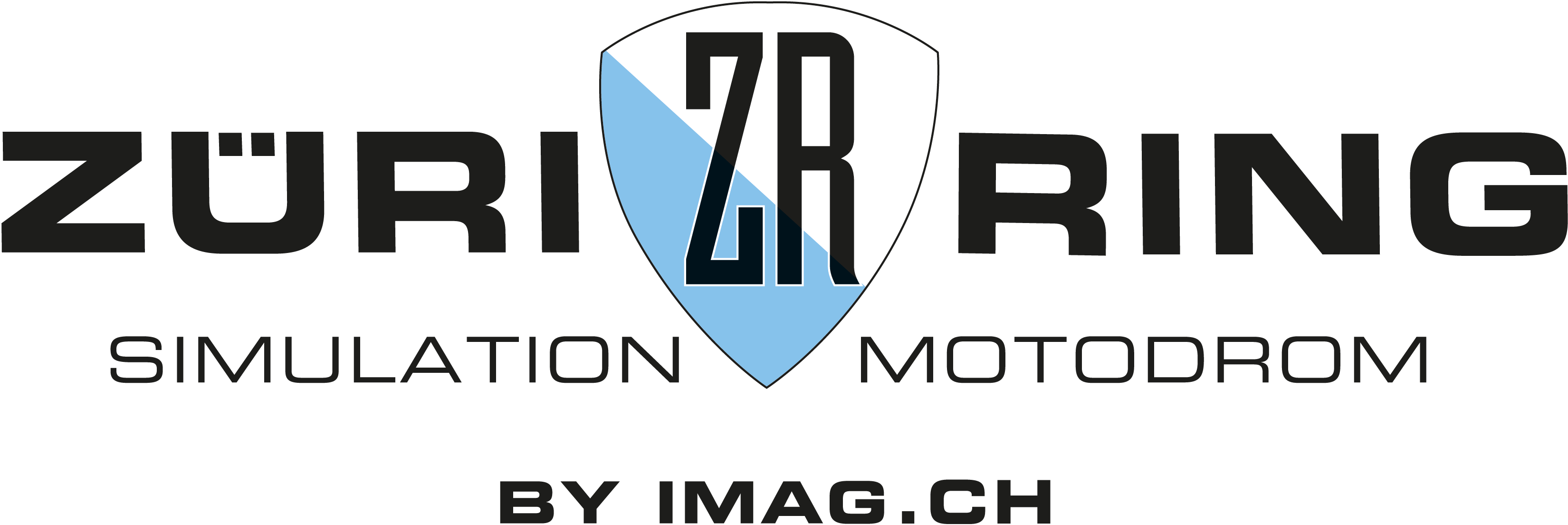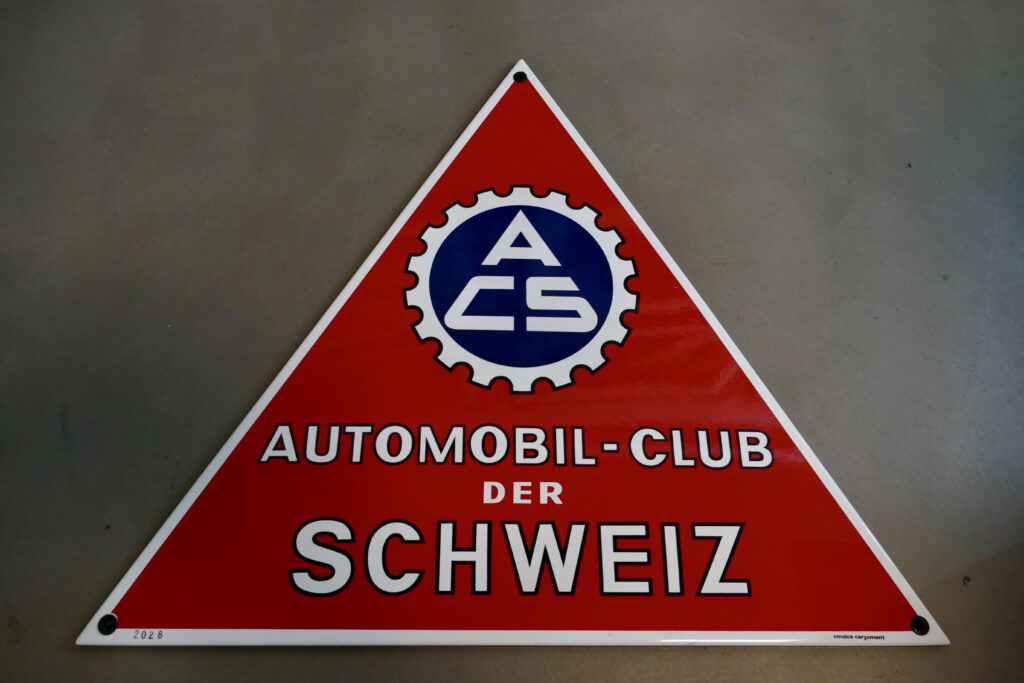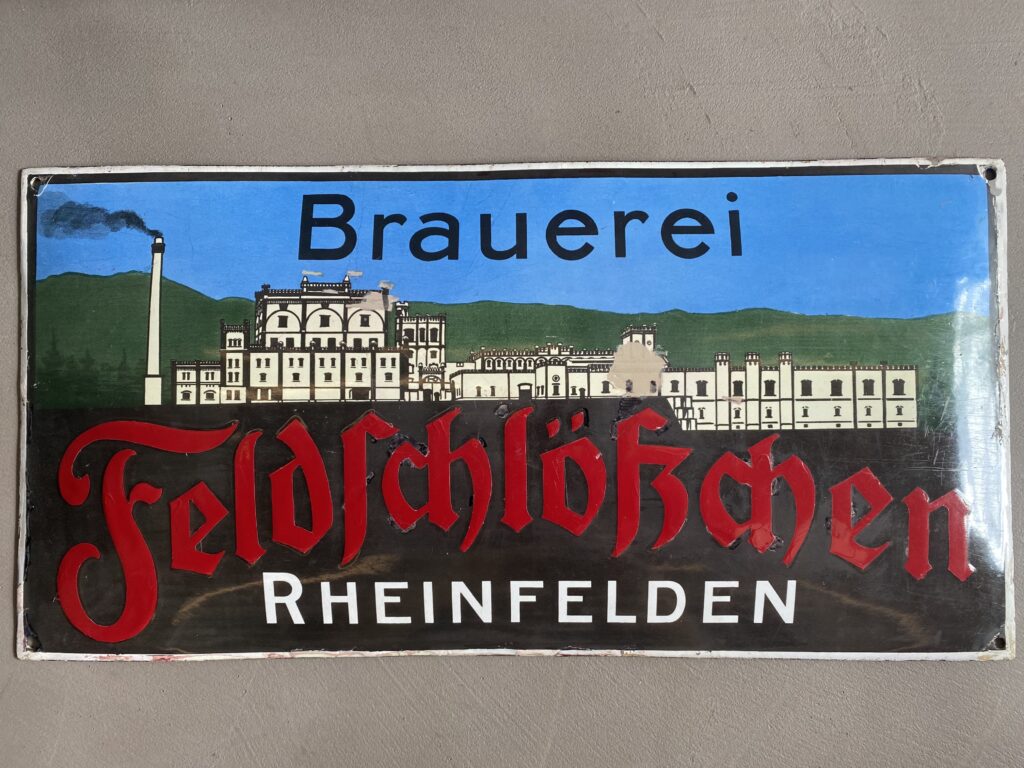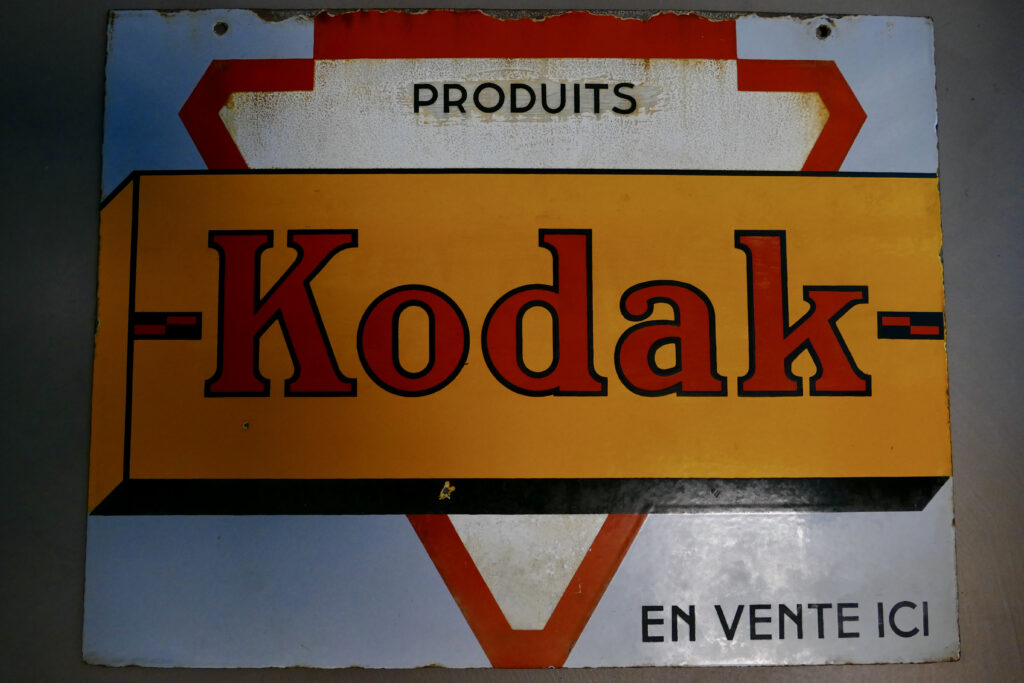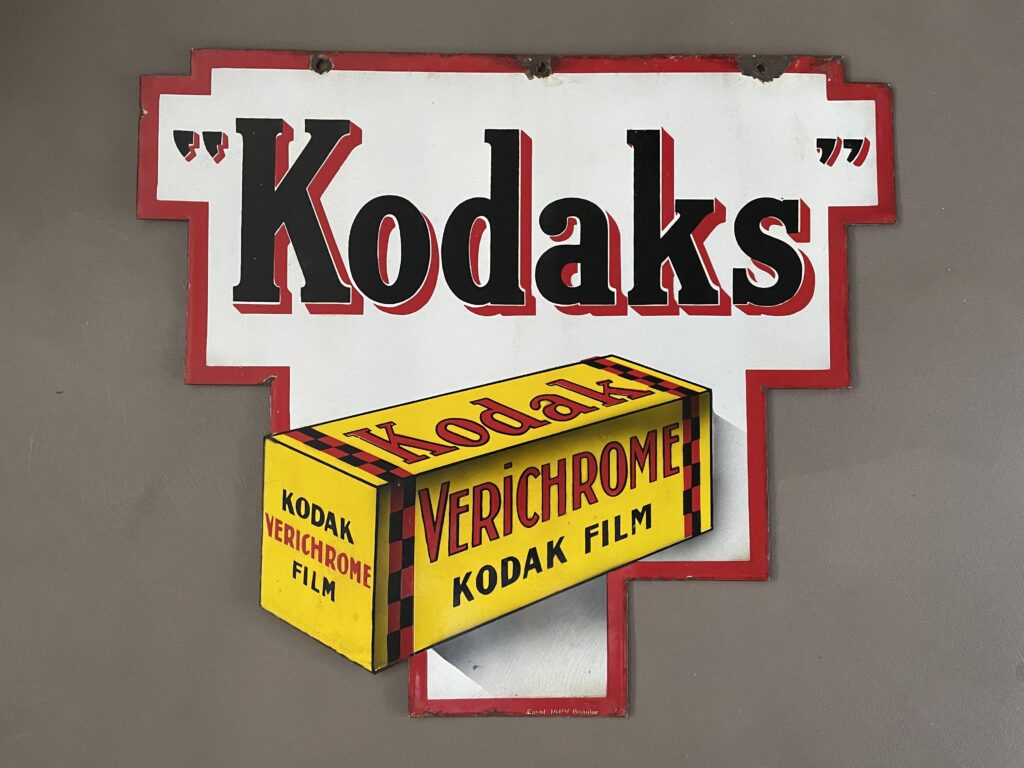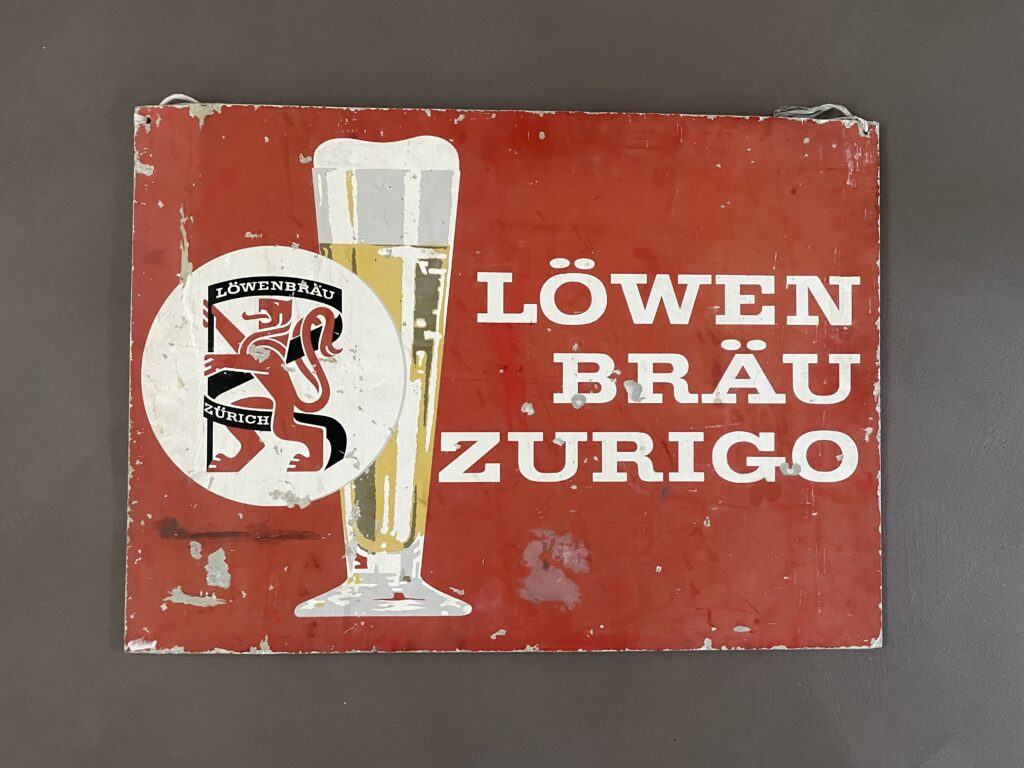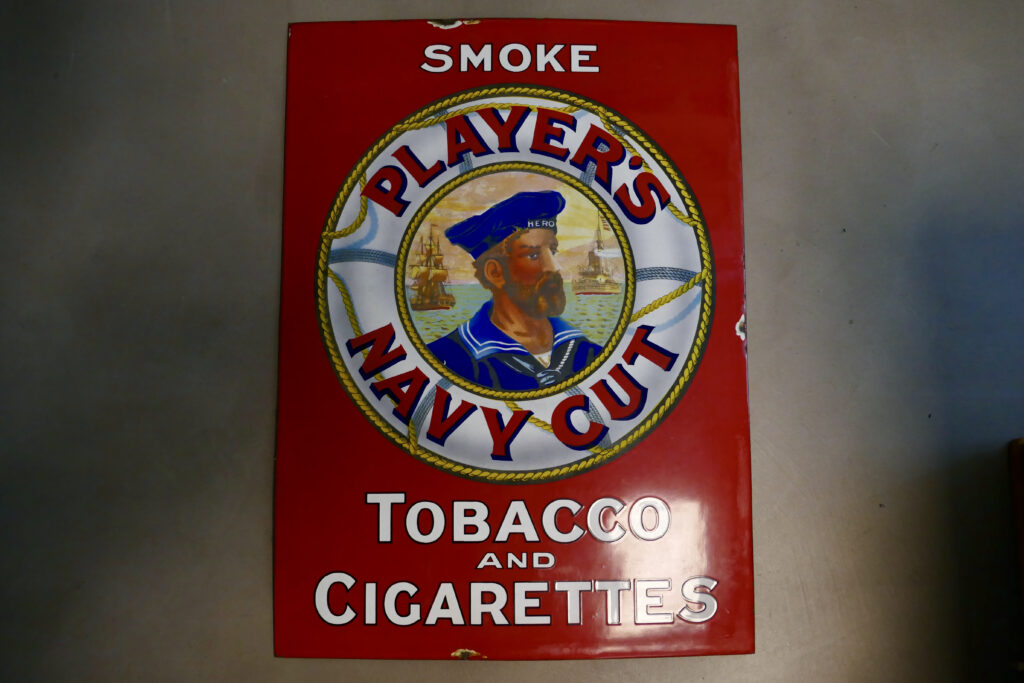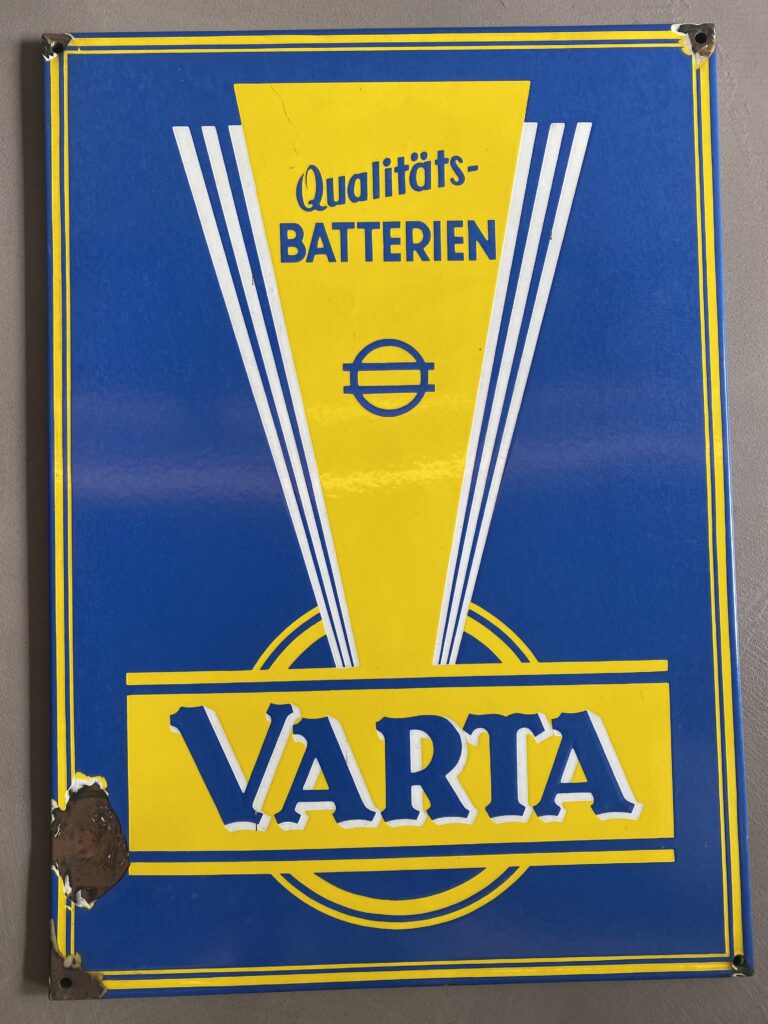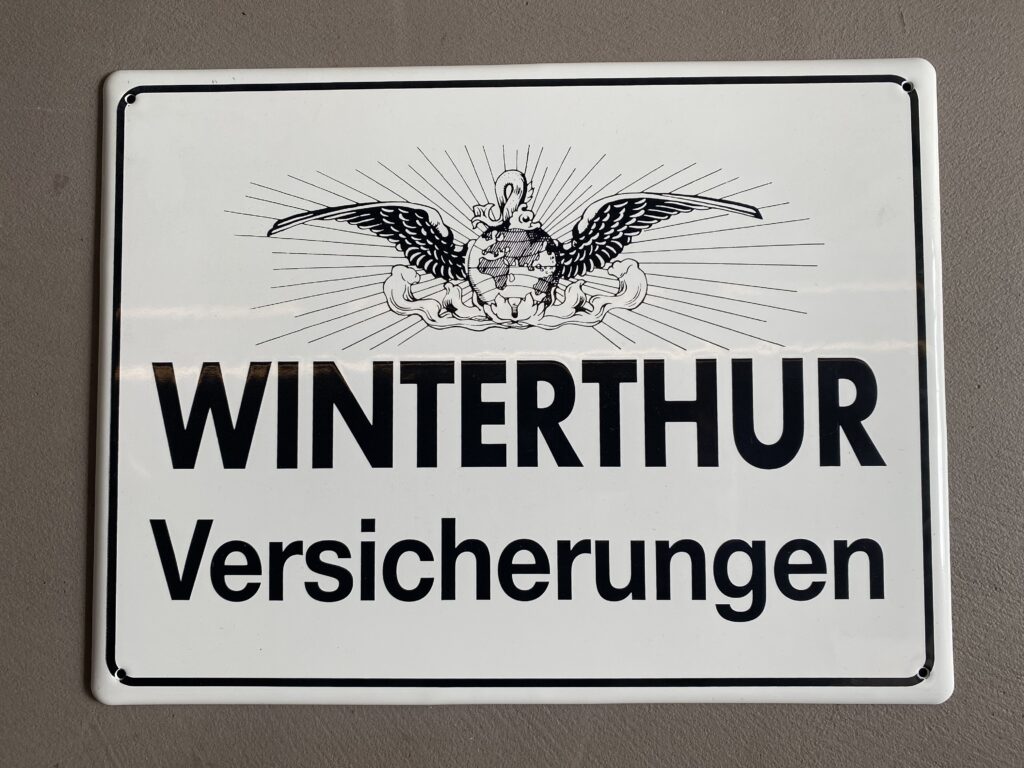At the ZÜRIRING Motodrom, you have the unique opportunity to view enamel signs, some of which are more than 100 years old. All of these signs were or are connected with the European Grand Prix and Formula 1. ZÜRIRING will soon also be offering several signs for sale, some of them rarities.
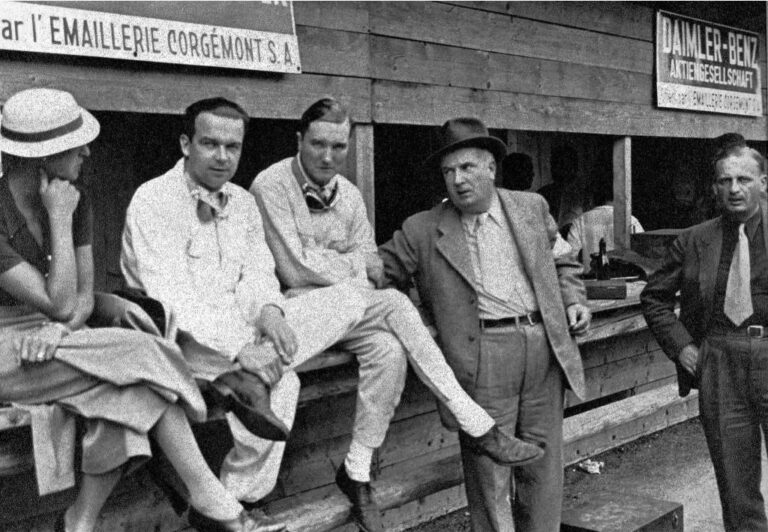
Die obere Aufnahme zeigt den Grossen Preis der Schweiz 1935 in Bremgarten. An der Box (von links): Alice Hoffmann, Rudolf Caracciola, Manfred von Brauchitsch, Rennleiter Alfred Neubauer. Im Hintergrund eine Werbetafel aus Email von der Emaillerie de Corgémont S.A. Enamel signs are sheet metal signs with a protective coating of enamel. This is an inorganic composition, usually consisting of silicates and oxides, produced through a melting process and mostly in a fused glassy form. This composition is usually applied in one or more layers to a substrate and melted at high temperatures and with a short firing time, usually with the aim of coating the substrate in metal or glass.
The heyday of enamel signs for advertising purposes was from 1890 to 1960. Fascinated by the possibility of creating weather-resistant permanent placards for outdoor advertising, the first advertising placards were produced from 1890 onwards using the ‘sugar icing process’. On garden fences, shops, racetracks, horse tramways and carriages etc. – anything that could carry nails was covered with enamel signs. Major consumer goods producers quickly recognised the effectiveness of the new advertising medium. For example Swiss soup and bouillon entrepreneur Julius Maggi, one of the enamel sign pioneers, who used tens of thousands of these steel signs to establish his products across the entire European market. In the first half of the 20th century, the enamel and sheet metal sign industry played an important role in the European economy. By the mid-1930s, the peak of enamel advertising signage had passed. Although the economic crisis and the outbreak of World War II in 1939 did not end the advertising of branded goods, they severely restricted it, and this was particularly true of enamel placards. It was one of the most costly and material-intensive advertising media. During the war years, the production of iron and enamel placards in European countries almost completely came to a standstill, and the munitions industry used up the raw materials. After the end of the war, a revival of the economy and thus of advertising began in Western Europe. Dutch, Belgian, French, Swiss and German enamelling companies once again turned to enamel advertising signs and produced these in high volumes. By the end of the heyday, however, the vast amount of advertising was often referred to as the ‘tin plague’, while today well-preserved and rare enamel signs are sought-after rarities and achieve steadily rising prices at auctions and online marketplaces. Our collection of original enamel signs will soon be available for sale in our shop.
